- DroidAfrica
- Gadgets
- Motorola
- Motorola Moto G Stylus (2023)
Motorola Moto G Stylus (2023)
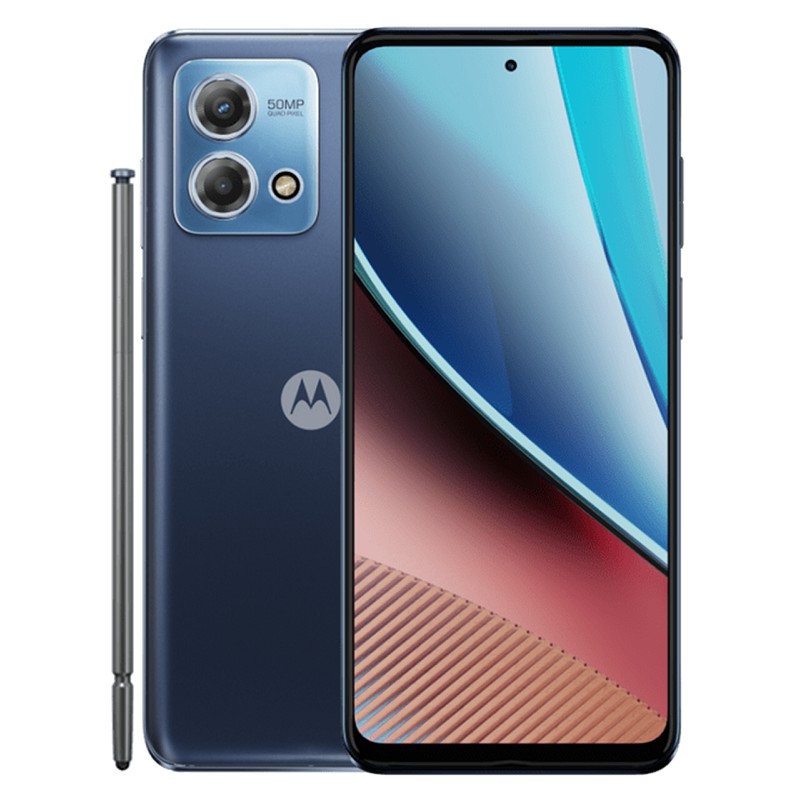
Motorola Moto G Stylus (2023) Highlights and Overview
This is Motorola Moto G Stylus (2023), announced along with the standard Moto G 5G (2023). Unlike the 2022 model that has a larger 6.8-inches, the G Stylus 2023 comes in a compact 6.5-inches screen, and it is powered by the Helio G85 CPU instead of the Helio G88 used on it predecessor.
It also also worth mentioning that the storage capacity is also downgraded. Now you are getting 4GB RAM + 64GB ROM, instead of 6GB RAM and a 128GB ROM on the previous model. The frontal camera is also reduced to 8MP instead of 16MP, and the secondary 8MP ultrawide is now replaced with a cheaper 2MP macro sensor. Despite the downgrades, price still remains slightly high at 200 EUR. Only two notable upgrades includes a stereo speakers and the latest Google Android 13.
Motorola Moto G Stylus (2023) Full Specifications and Features
NETWORK
| Technology | GSM / HSPA / LTE |
| 2G Network Bands | GSM Band 850 / 900 / 1800 / 1900 - SIM 1 and SIM 2 (dual-SIM) |
| 3G Network Bands | 3G Band HSDPA 850 / 900 / 1700(AWS) / 1900 / 2100 |
| 4G Network Bands | 1, 2, 3, 4, 5, 7, 8, 12, 13, 14, 17, 18, 20, 25, 26, 29, 30, 38, 39, 40, 41, 48, 66, 71 |
| Speed | HSPA 42.2/5.76 Mbps, LTE |
LAUNCH
| Also Known As |
- - |
BODY
| Dimensions | 162.9 x 74.1 x 9.2 mm |
| Weight | 195 grams |
| Build |
Glass front (unknown) / Plastic back / Plastic frame - Water-repellent - Stylus support (and included) |
| SIM Type | Nano-SIM |
DISPLAY
| Display Type | IPS touchscreen / 16 million colors / 90Hz refresh |
| Size | 6.5 inches, (84.52% screen-to-body ratio) |
| Resolution | 720 x 1600 pixels, 20:9 ratio (270 ppi density) |
PLATFORM
| Operating System | Android 13 |
| Chipset | Mediatek MT6769 Helio G85 (12nm) |
| CPU | Octa-core (2x2.0 GHz Cortex-A75 & 6x1.8 GHz Cortex-A55) |
| GPU | Mali-G52 MC2 |
MEMORY
| RAM + ROM | 4GB + 64GB |
| Card Slot | Yes, up to 512GB via microSD card |
MAIN CAMERA
| Camera Type | Double Lenses |
| Camera Sensor(s) |
Main: 50MP, f/1.8, PDAF Macro: 2MP, f/2.4 |
| Camera Features | Autofocus / Continuous shooting / Digital zoom / Face detection / LED flash |
| Video Resolution | 1080p@30/60fps |
SELFIE CAMERA
| Camera Type | Single Lens |
| Camera Sensor(s) | 8-megapixel |
| Camera Features | f/2.2 aperture / HDR |
| Video Resolution | 1080p@30fps |
SOUND
| Loudspeaker | Yes, with stereo speakers |
| Speaker Location | Chin, below display |
| Audio Jack Type | Yes; 3.5mm Audio jack |
CONNECTIVITY
| Bluetooth | Bluetooth 5.0, A2DP, LE |
| NFC | |
| GPS | Yes, GPS, GLONASS, GALILEO, BDS |
BATTERY
| Battery Capacity | Non-removable Li-Po 5000mAh battery |
OTHER FEATURES
| Sensors | Fingerprint (side-mounted), accelerometer, proximity, compass |
| Box Contents | Charging Brick / USB cable |
Motorola Moto G Stylus (2023) User Reviews and Opinions
Disclaimer Note
This specification was entered manually, hence we CANNOT guarantee 100% accuracy. Any error? Let us know in the comment section.










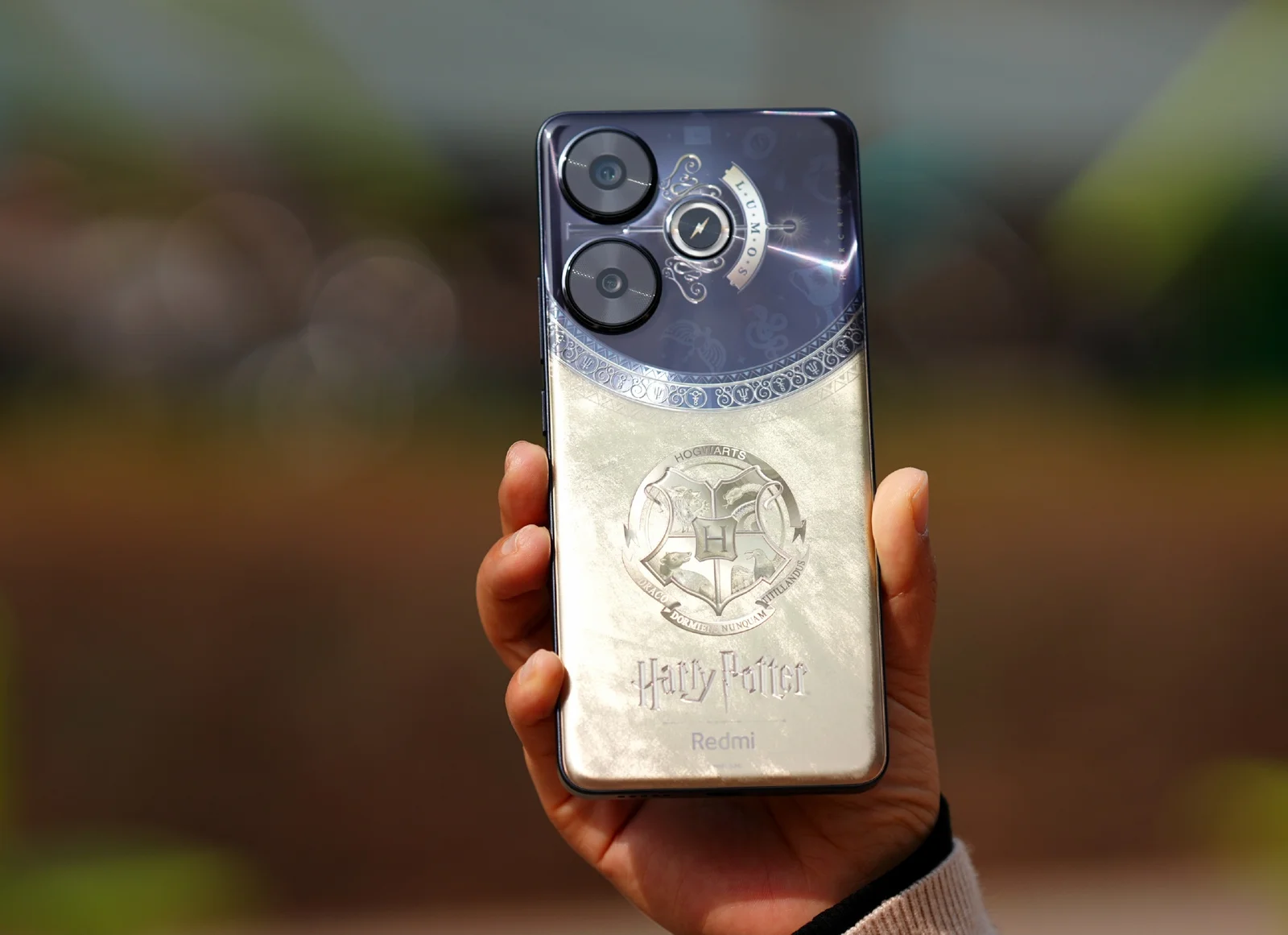
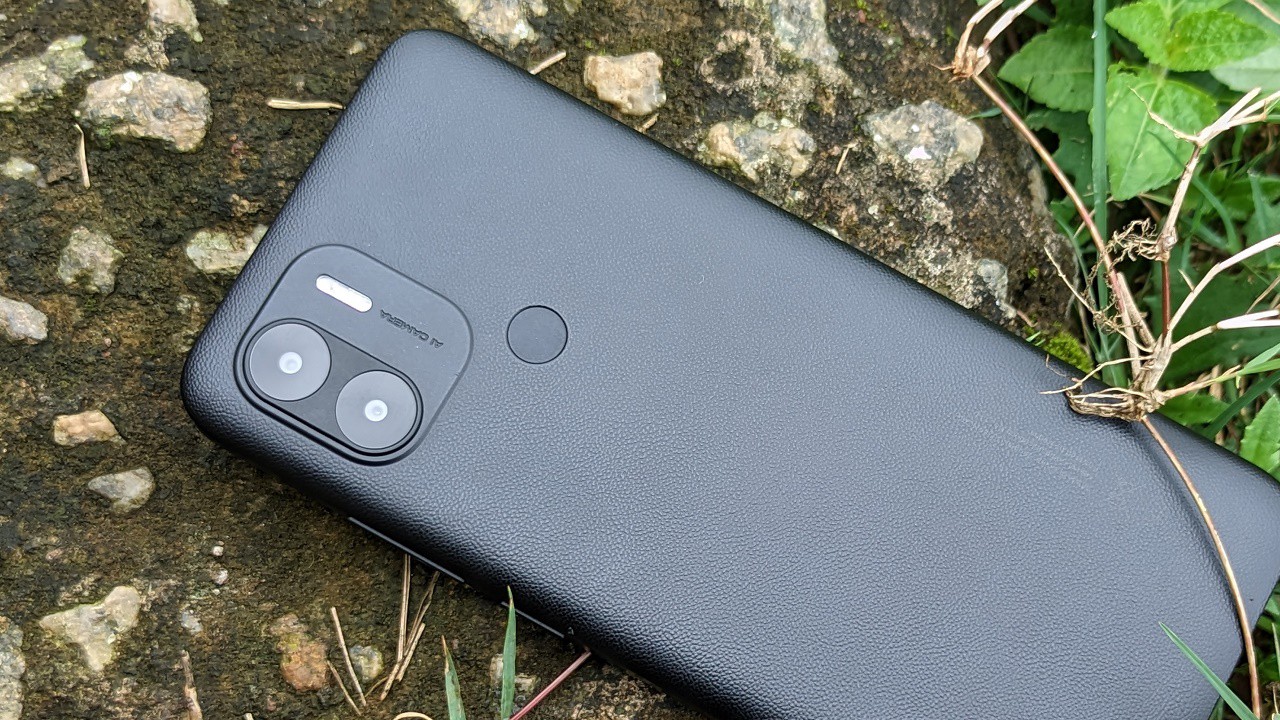
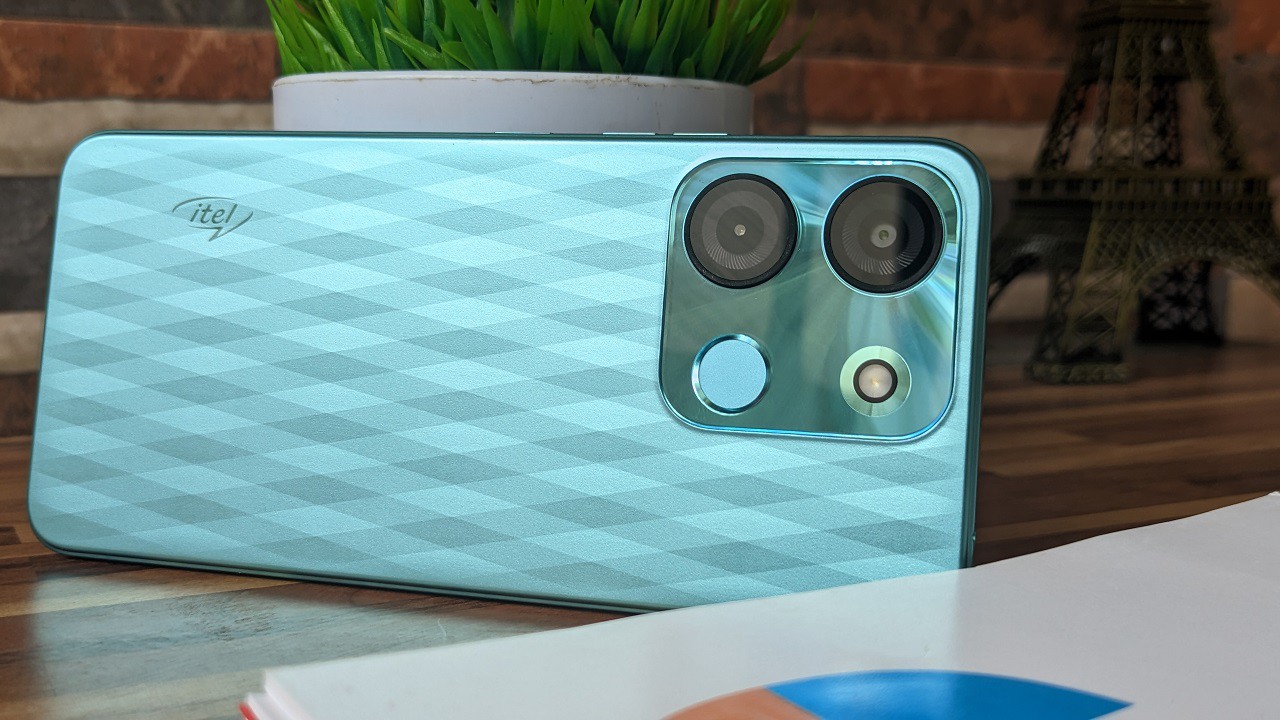
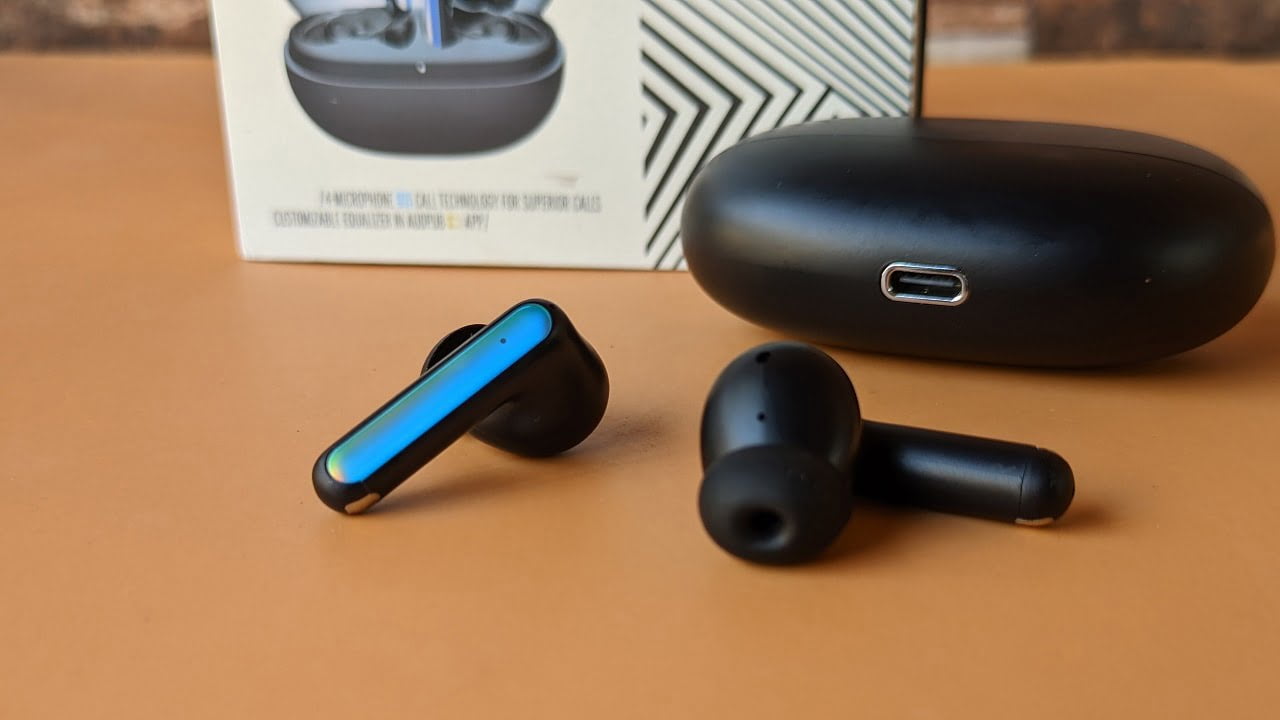
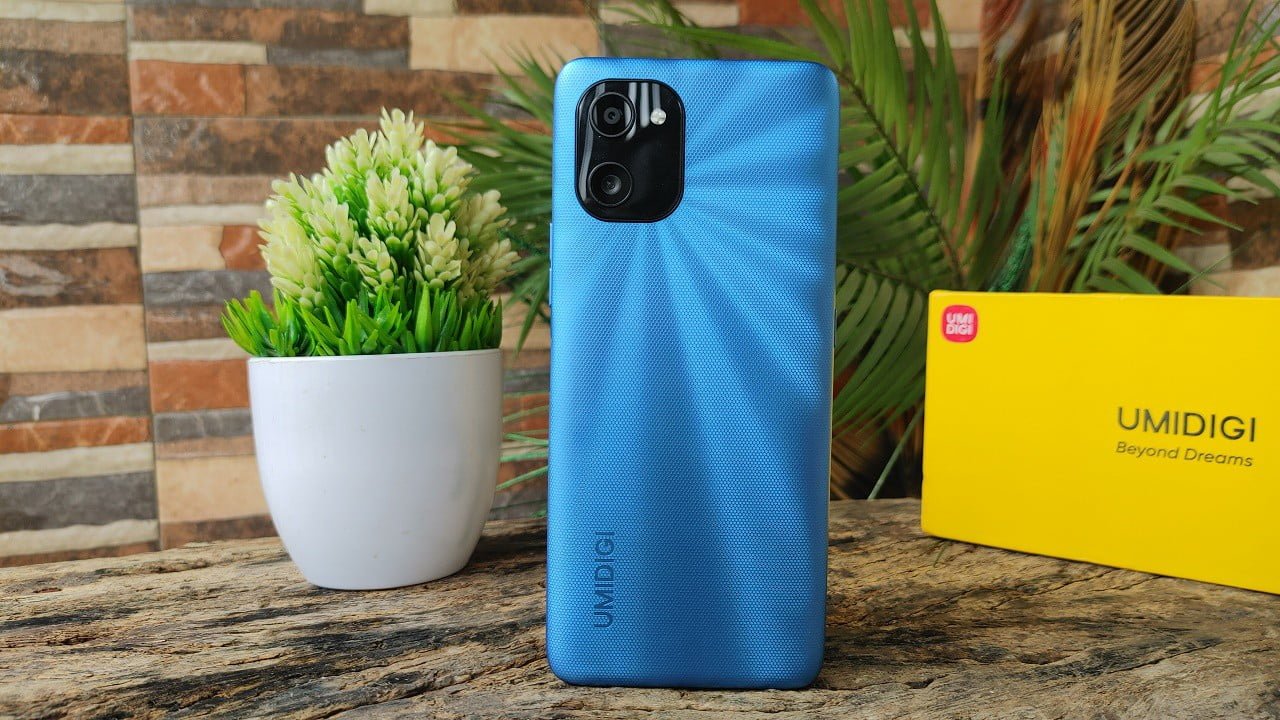
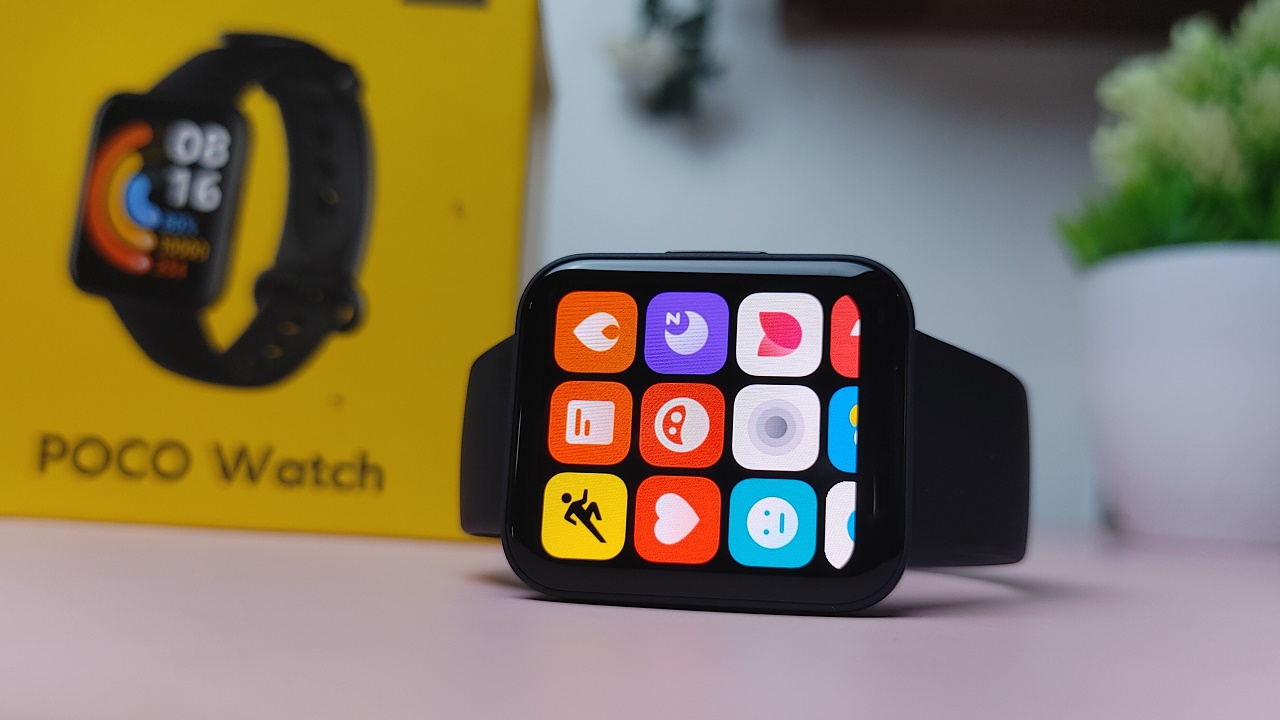
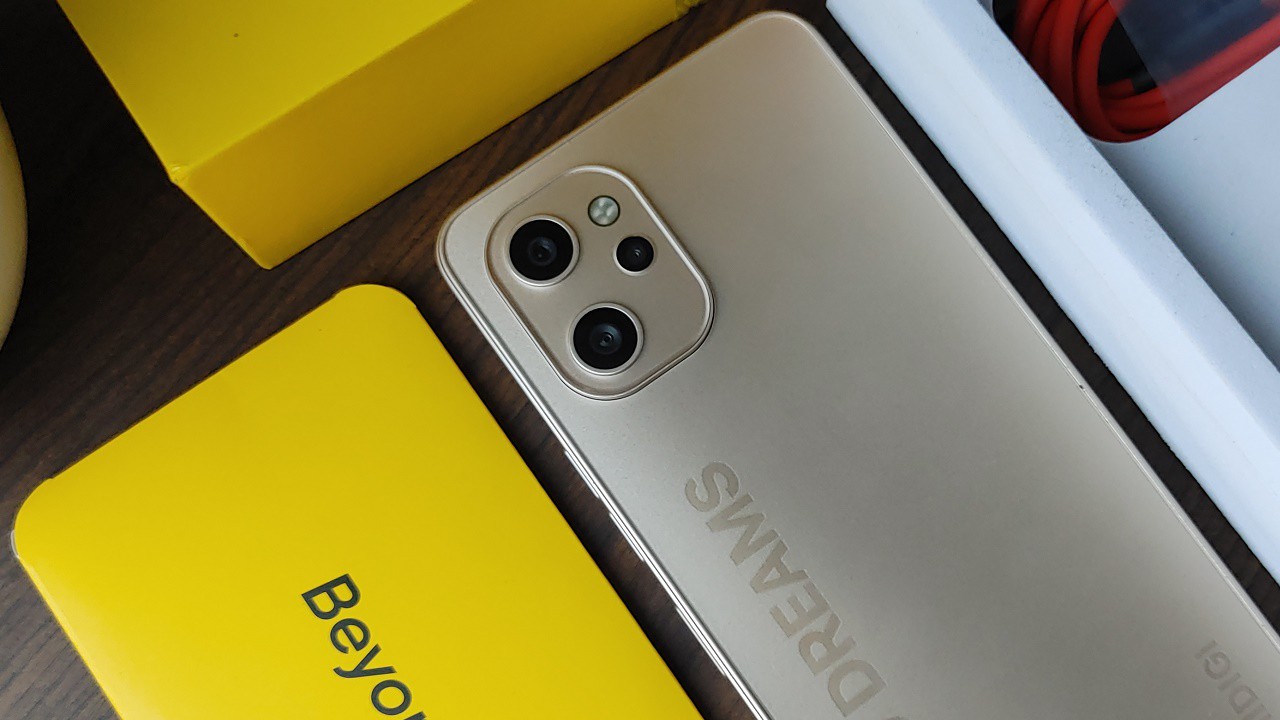
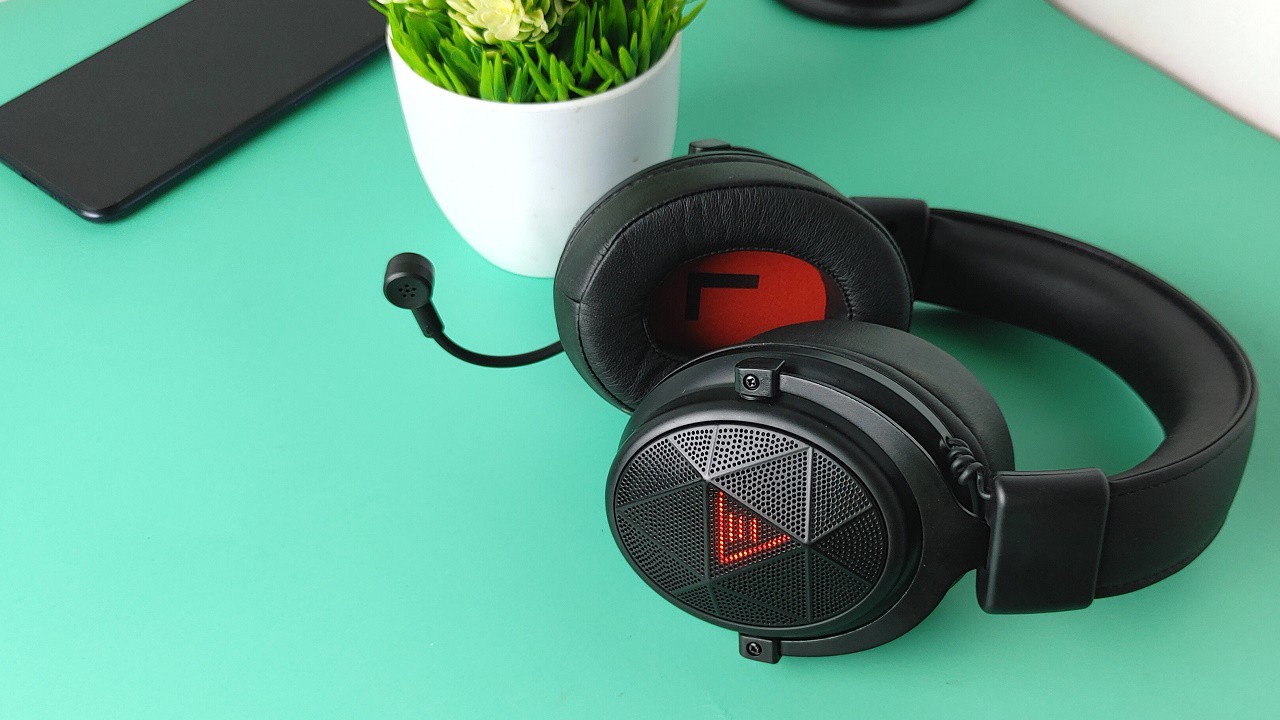
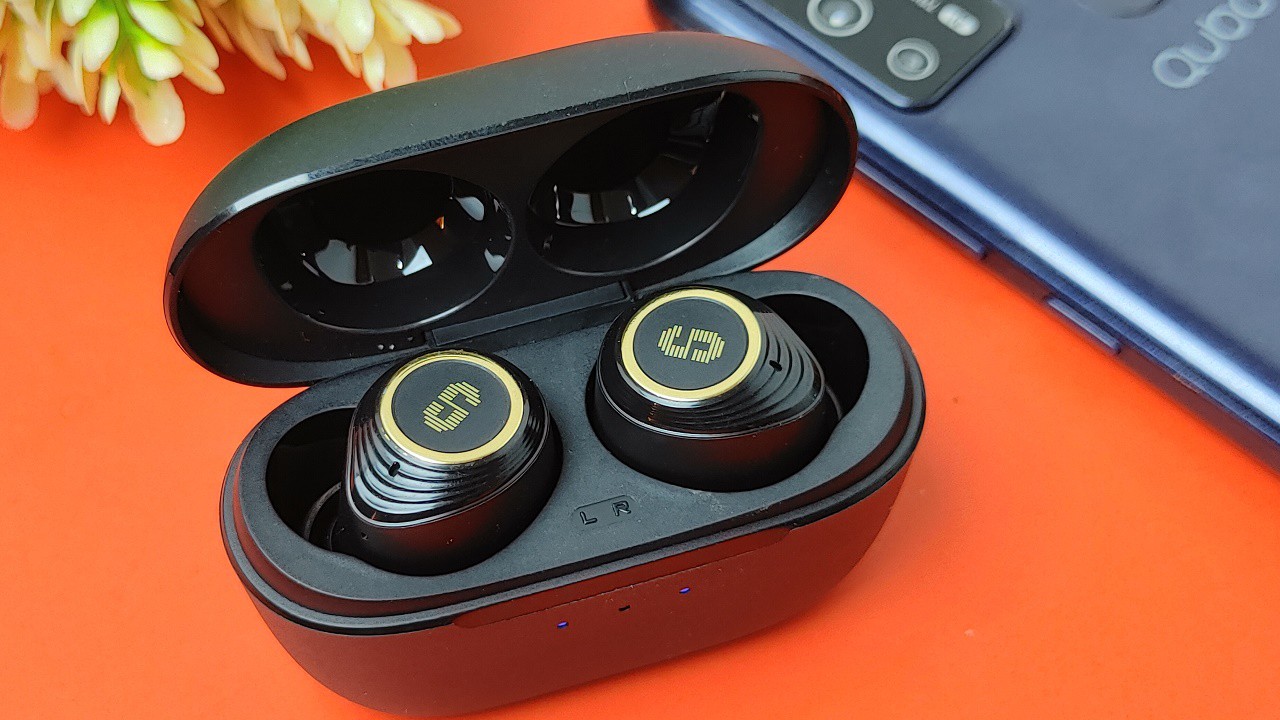
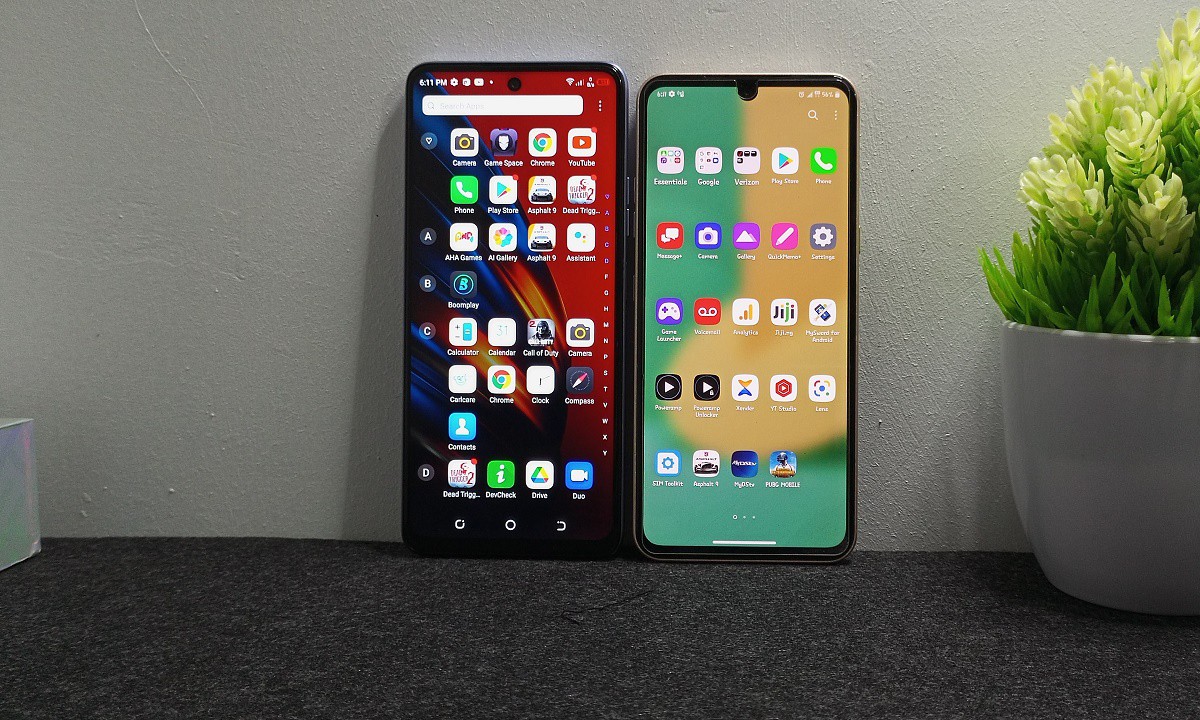

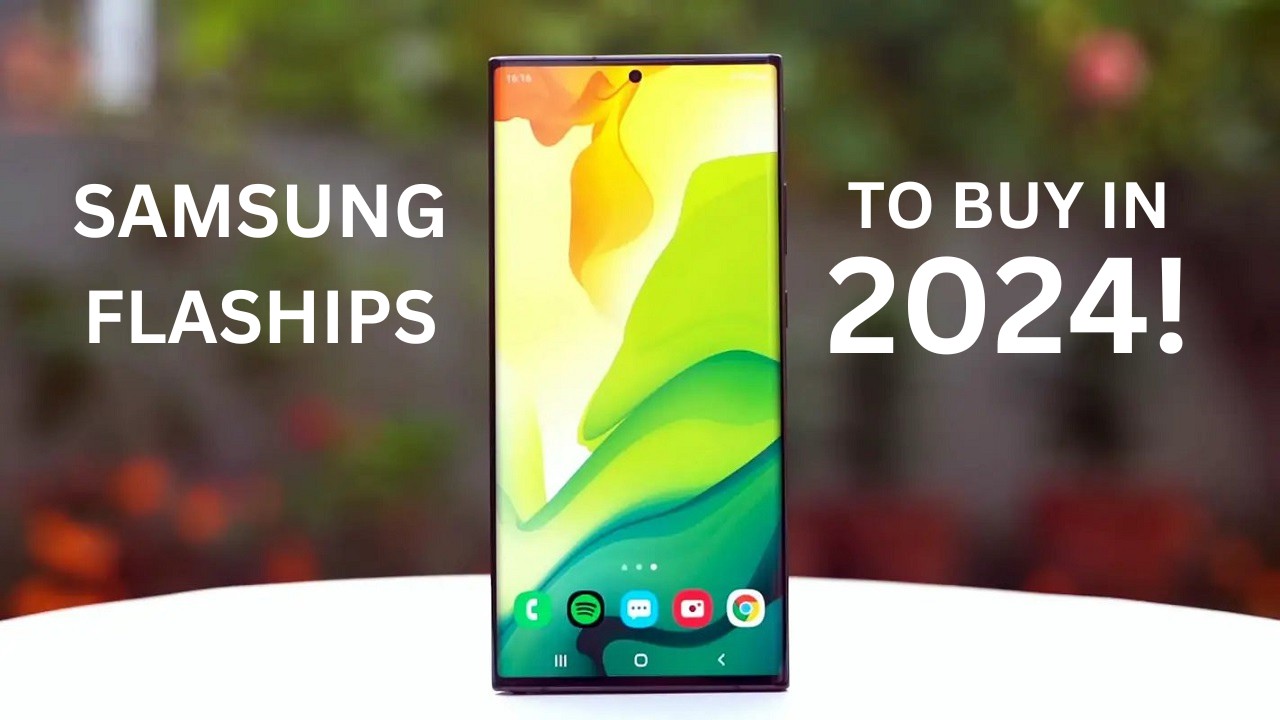
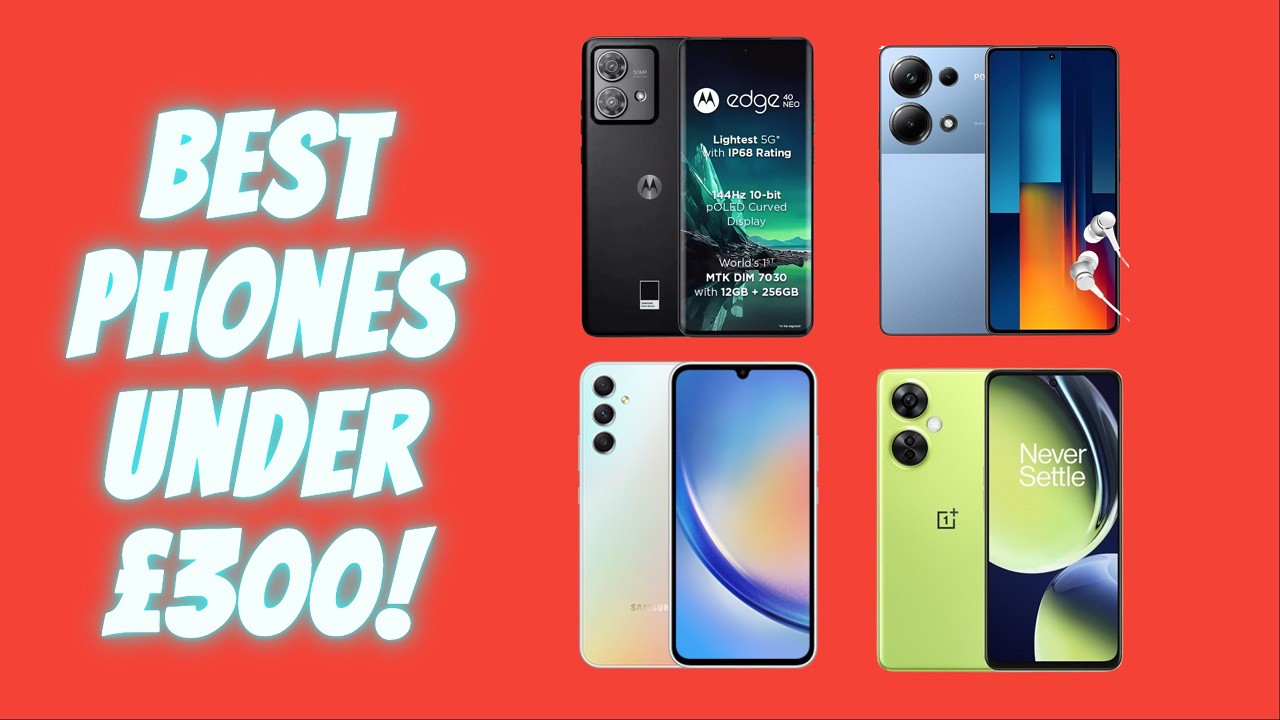

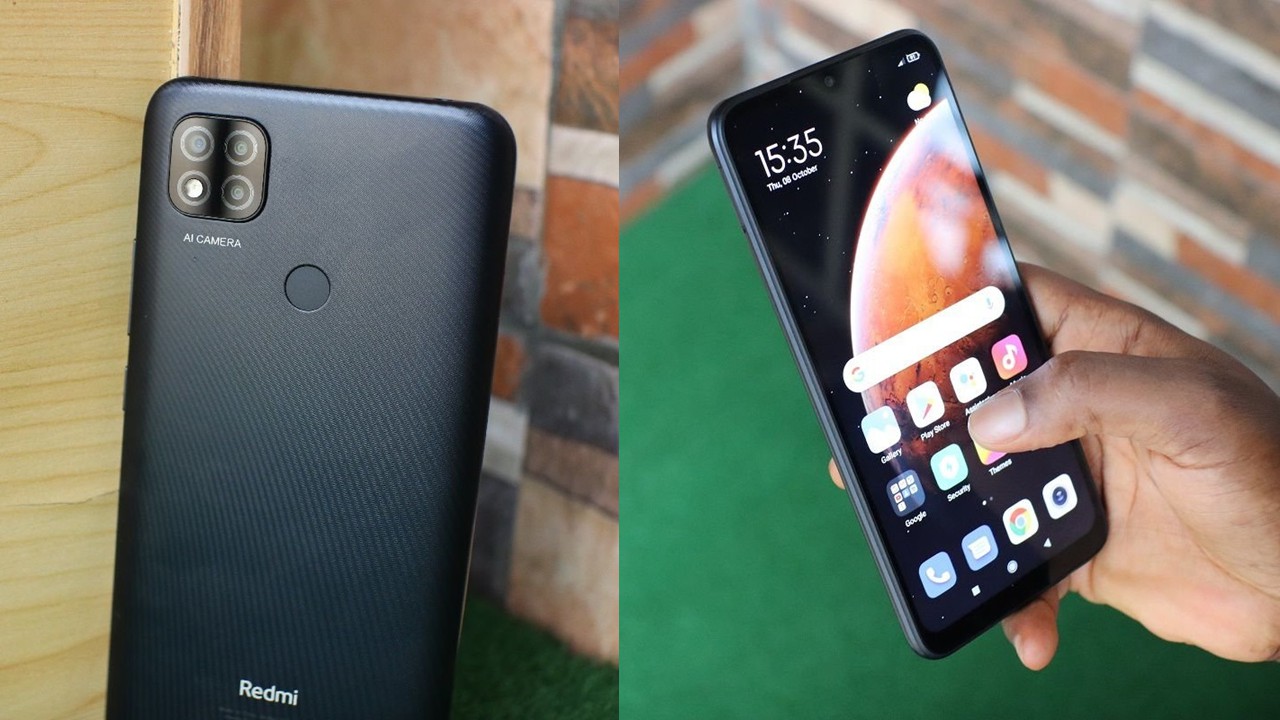
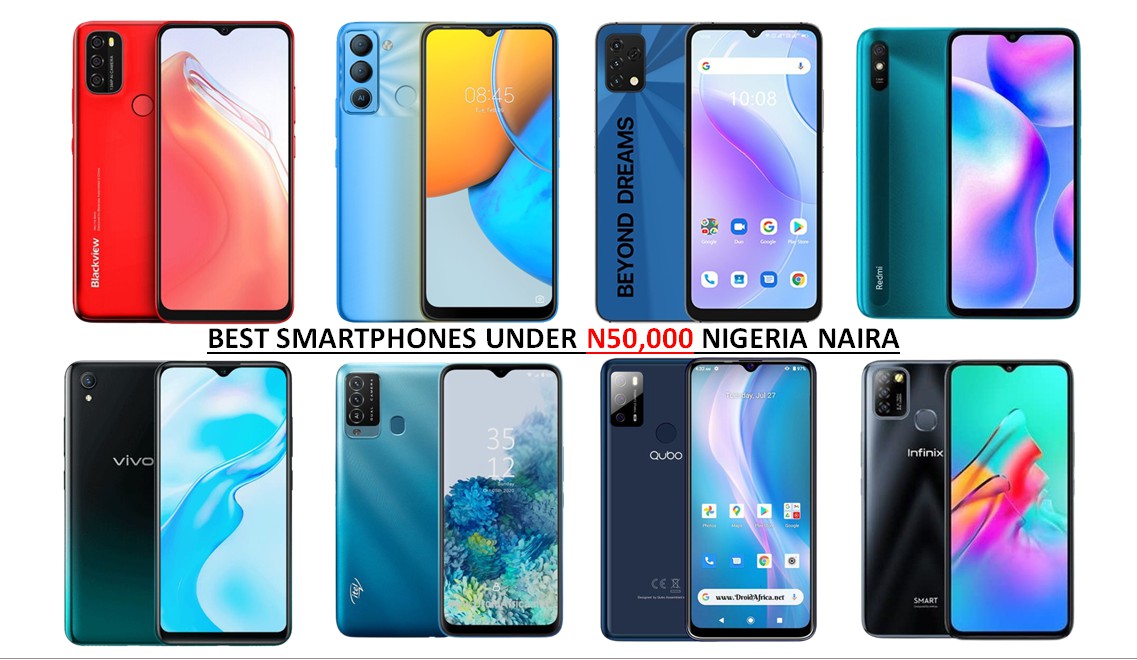
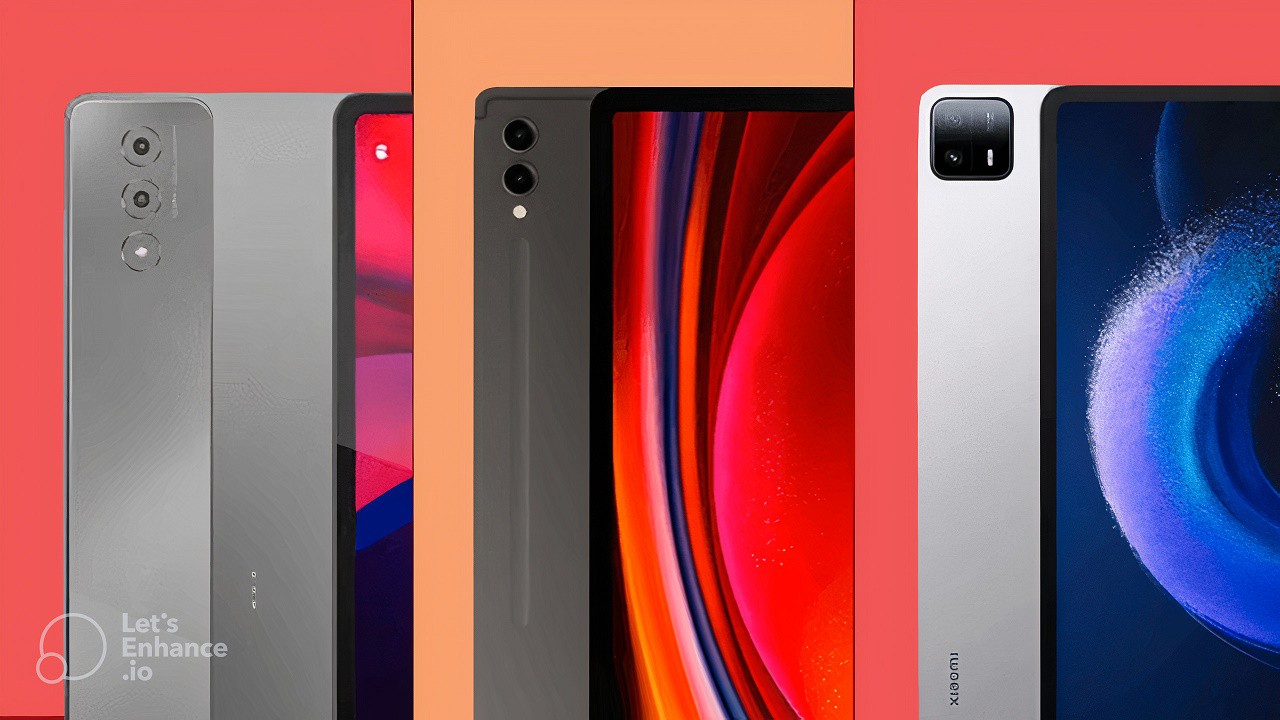
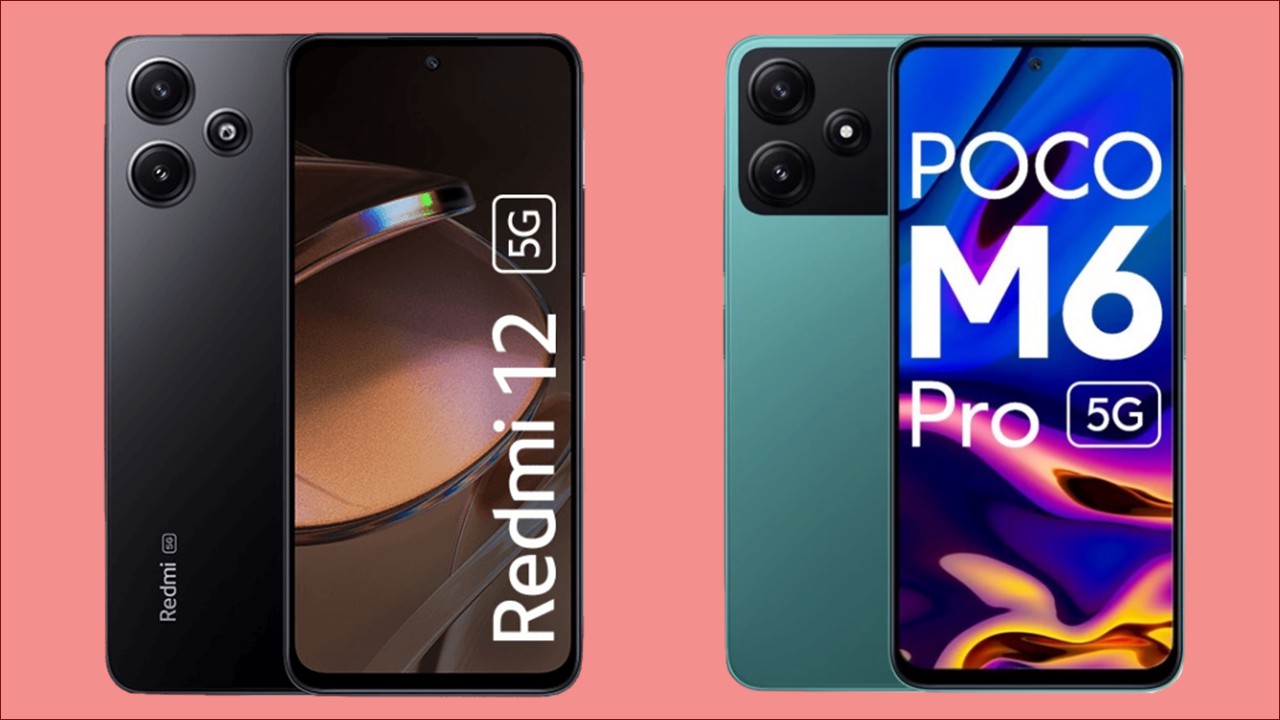
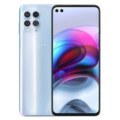
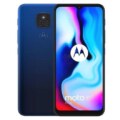
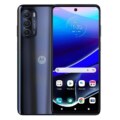
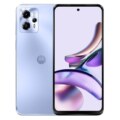
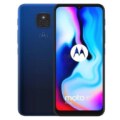
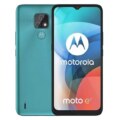
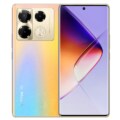
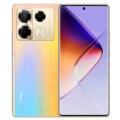
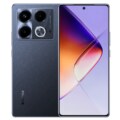
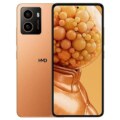
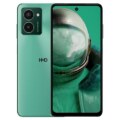


Leave a Reply